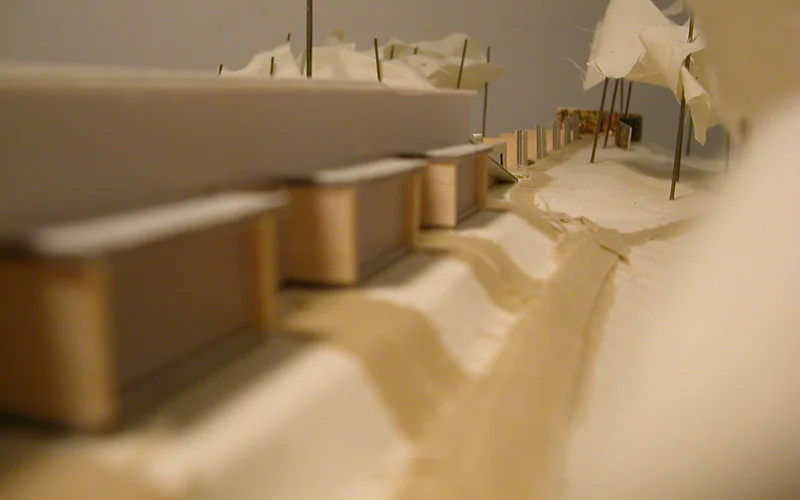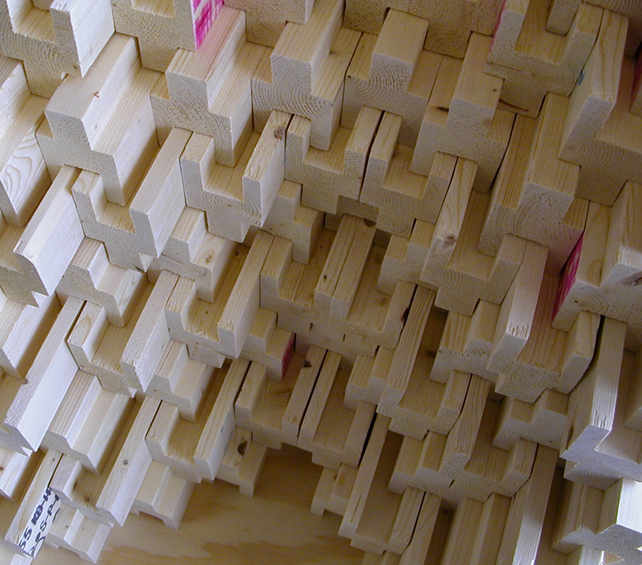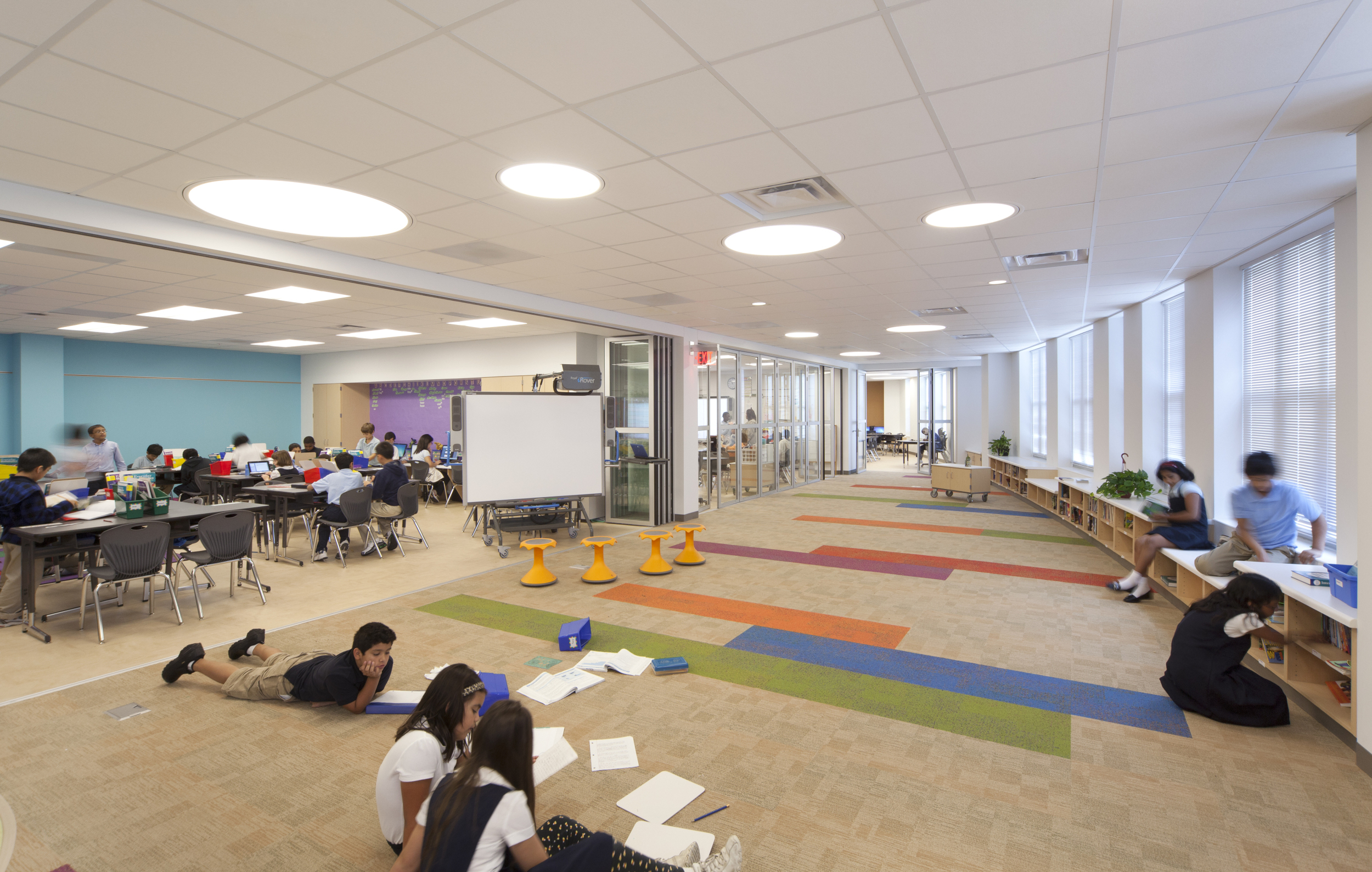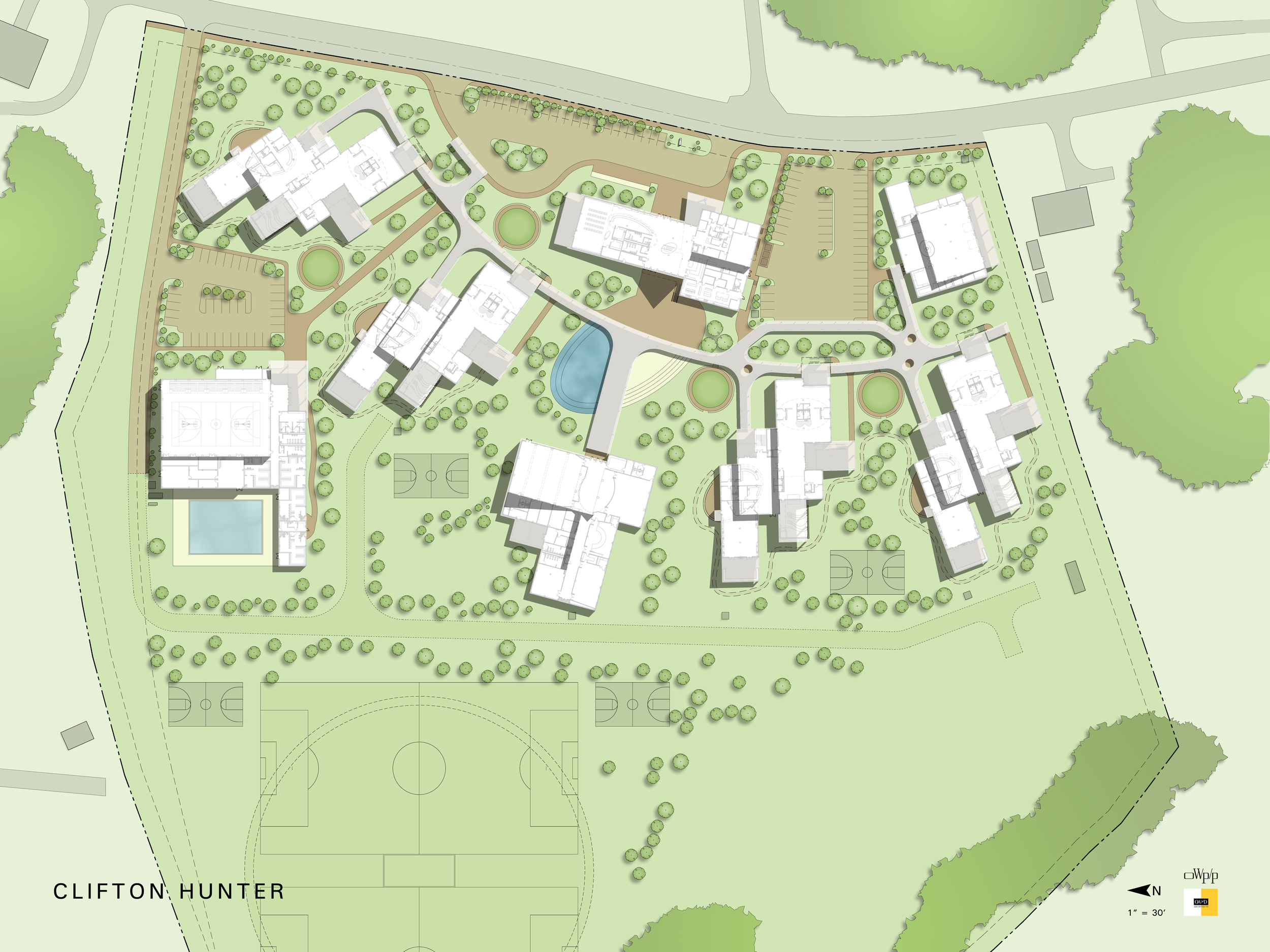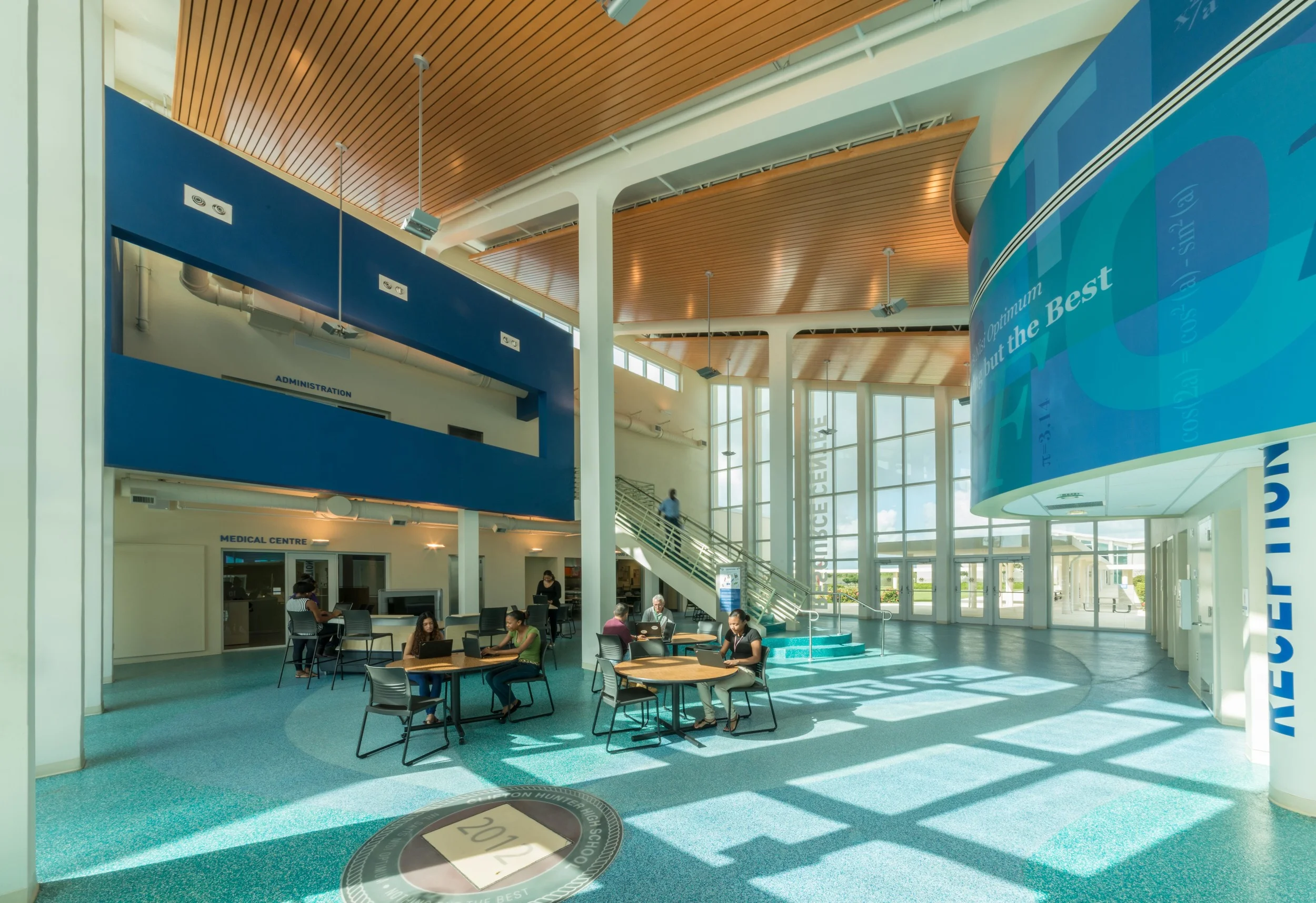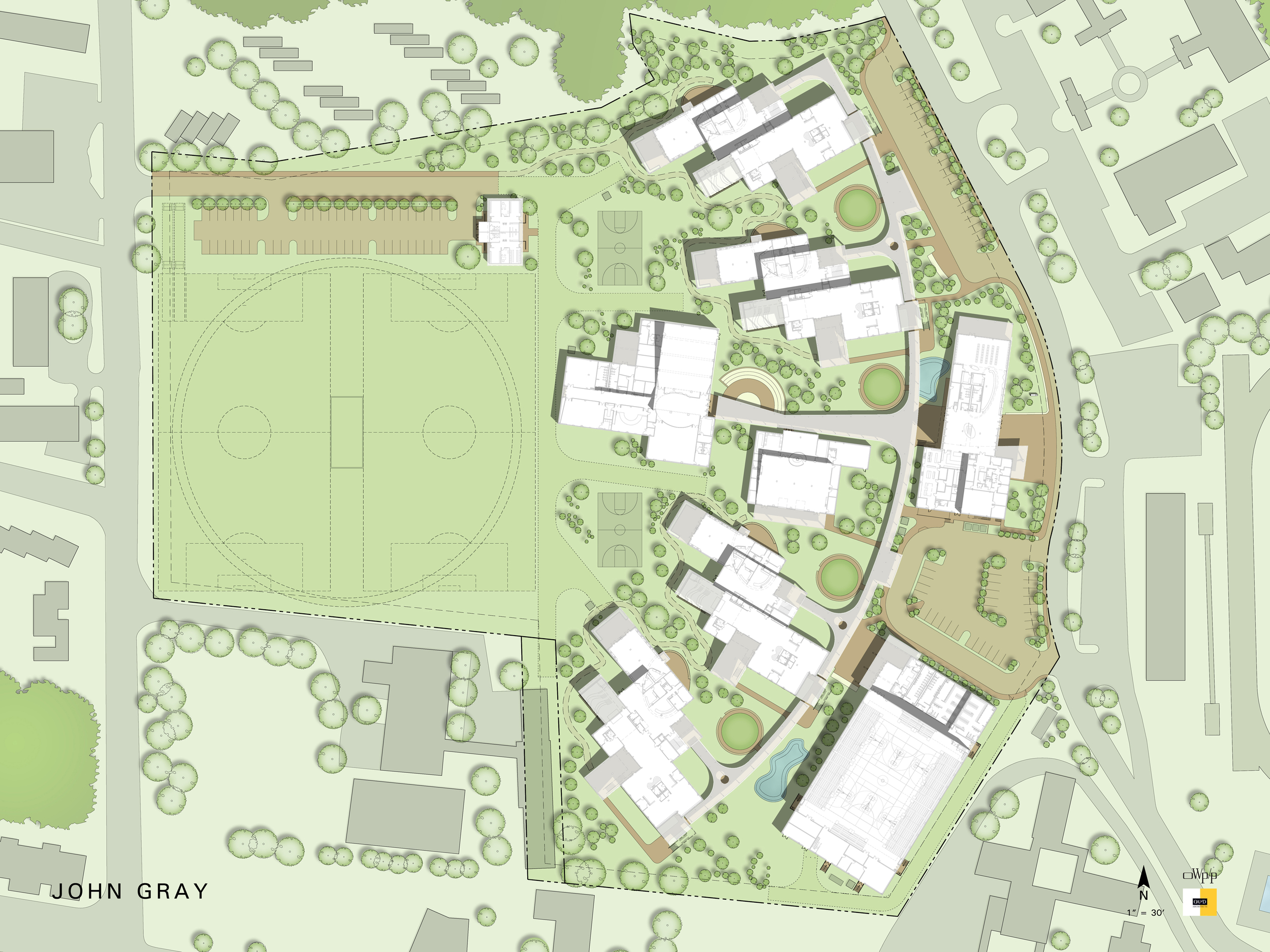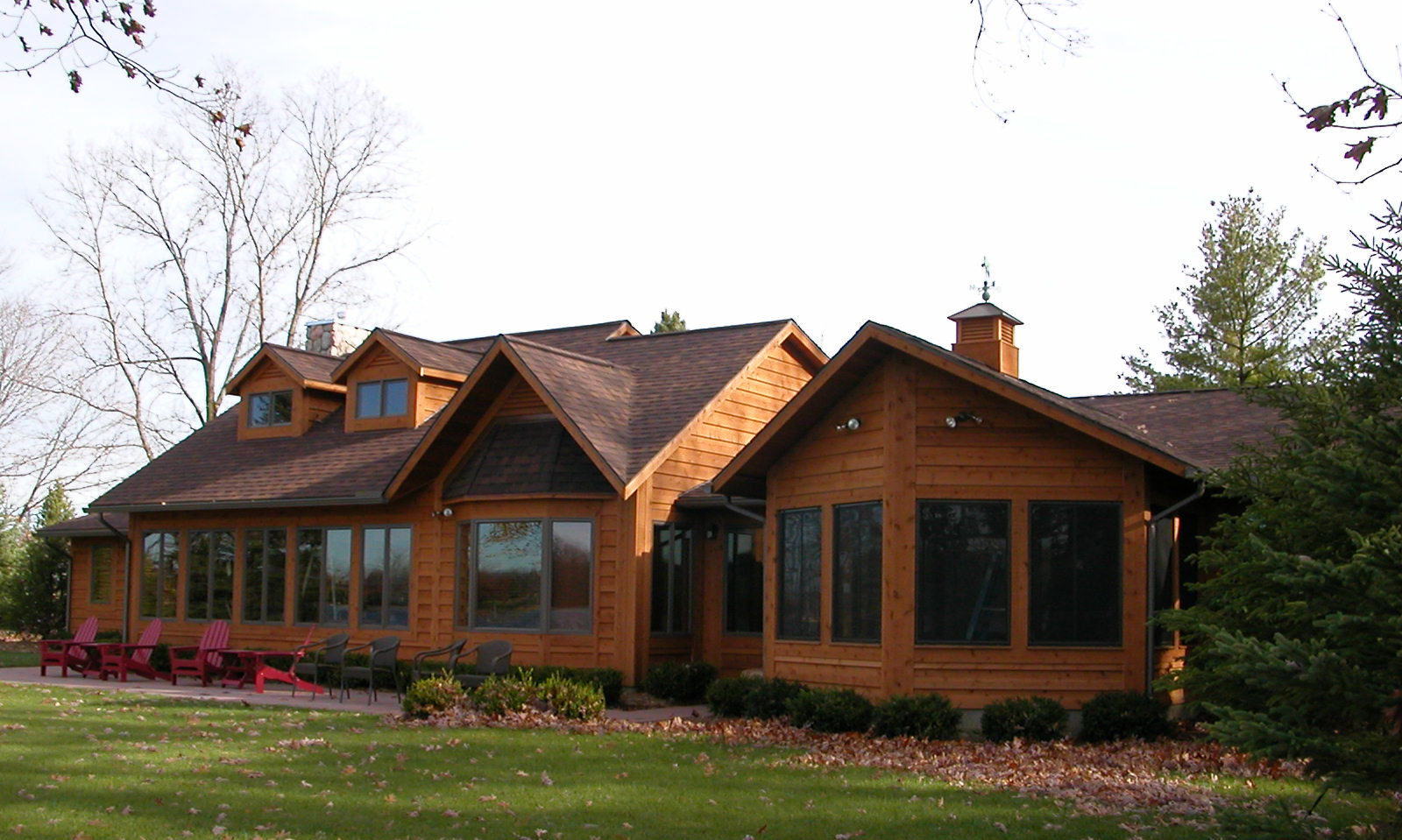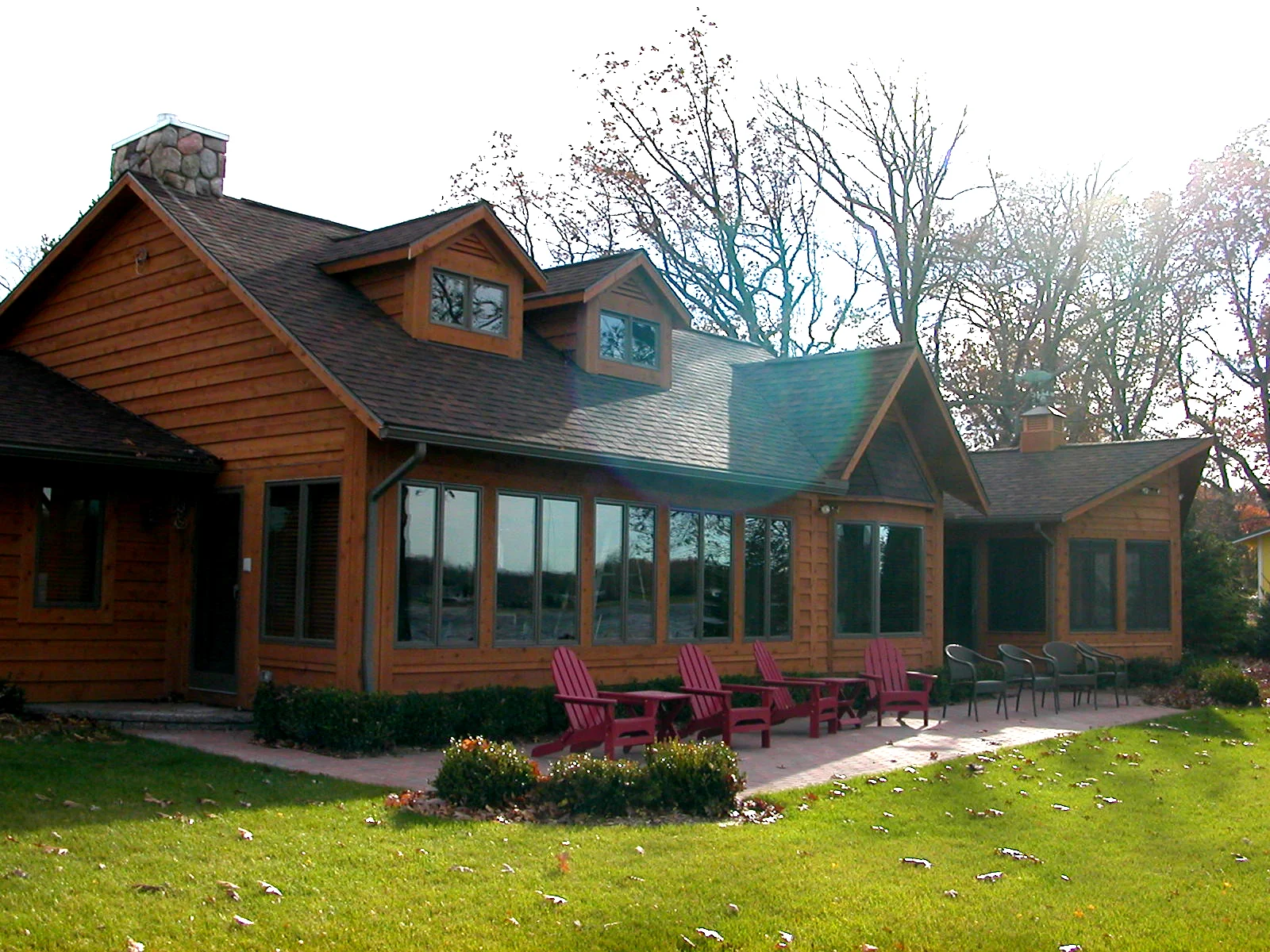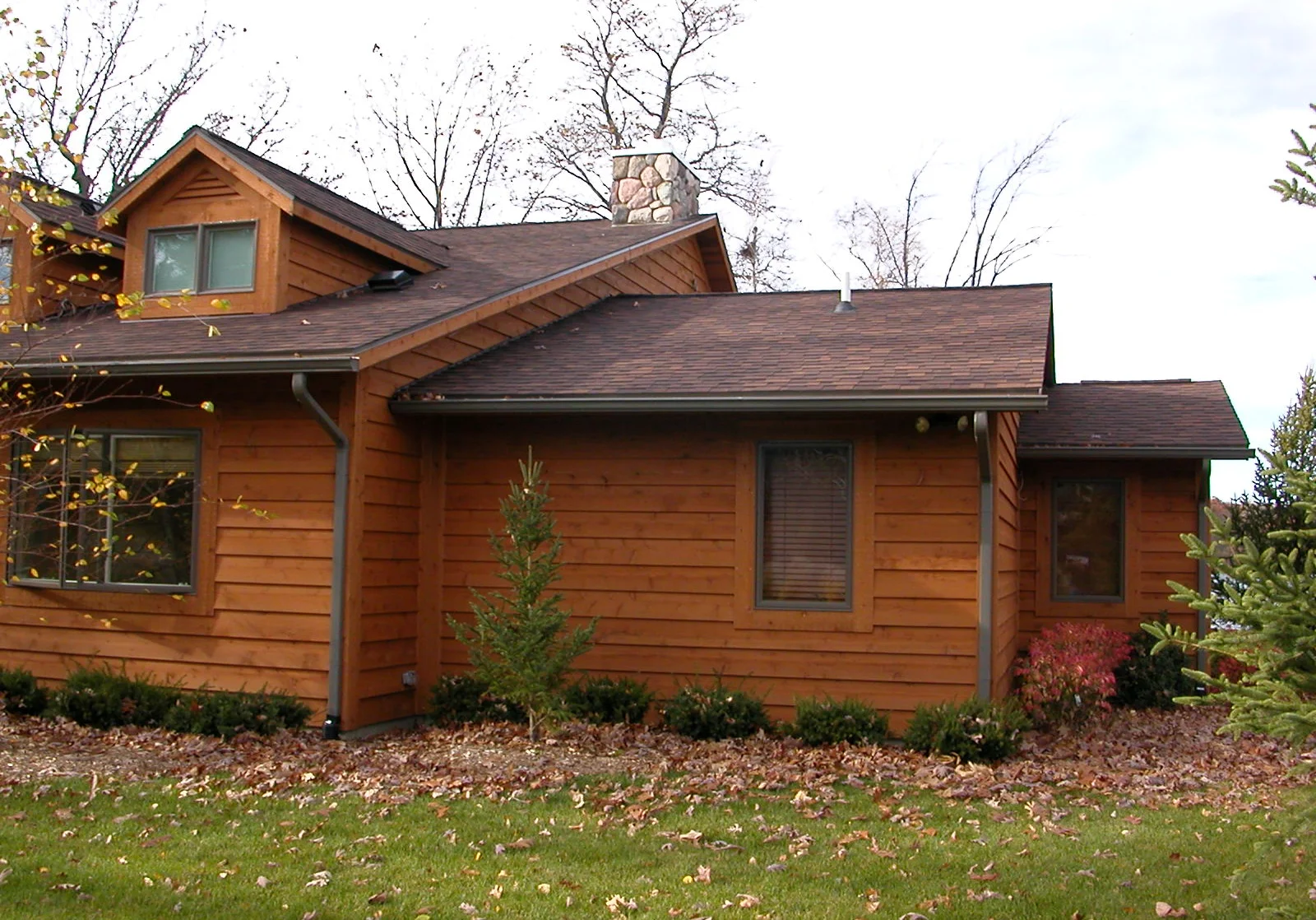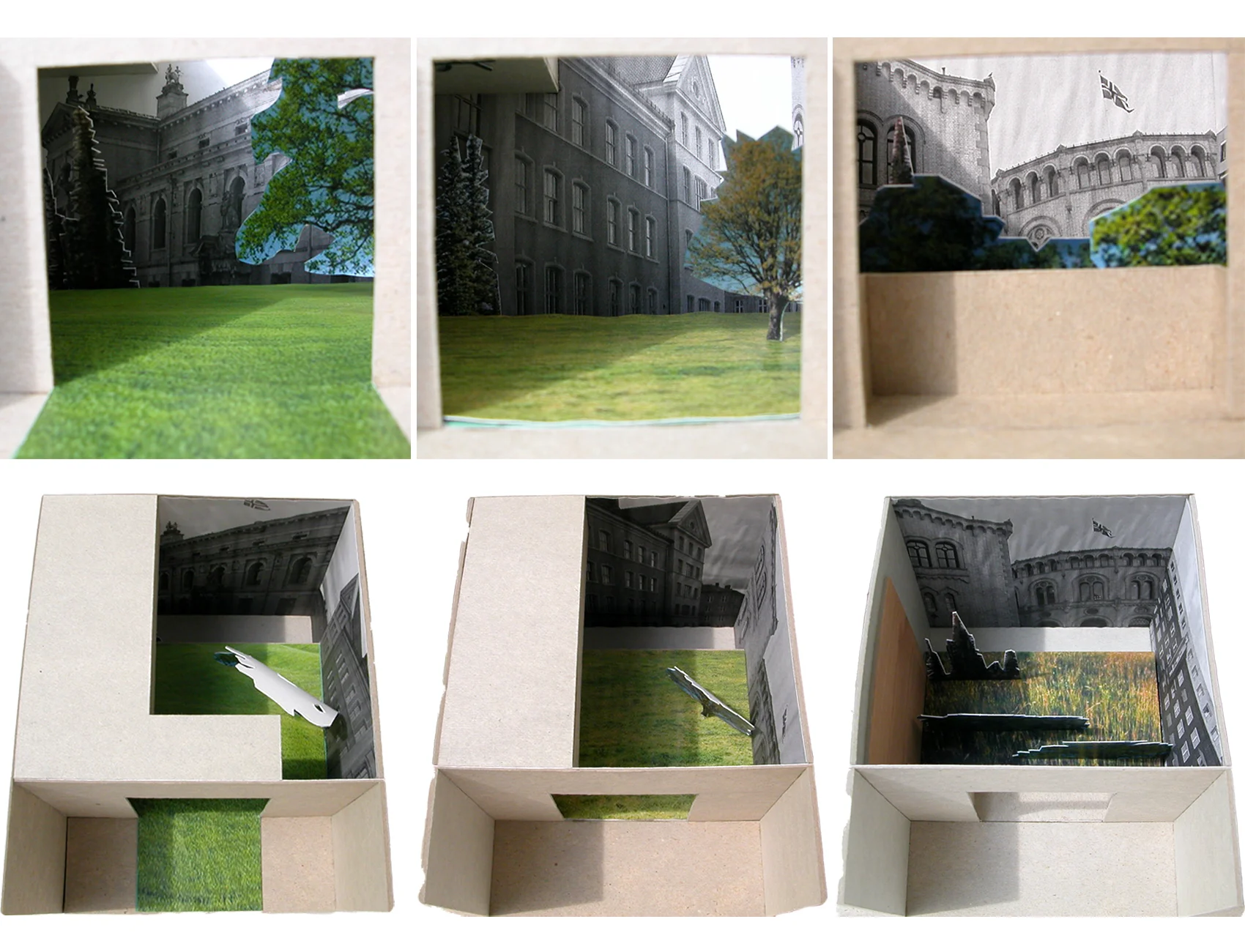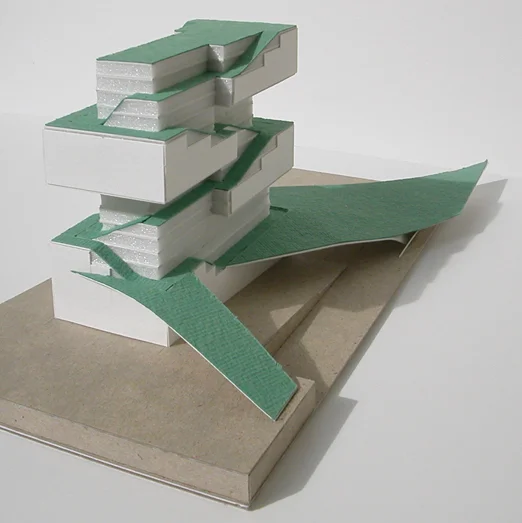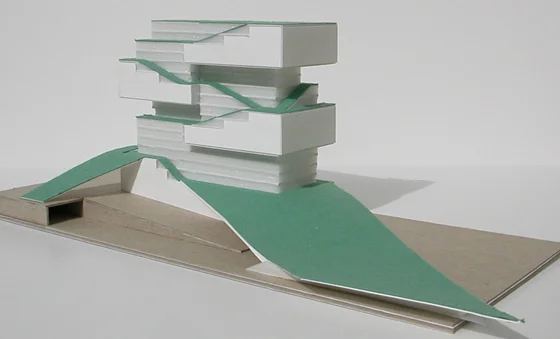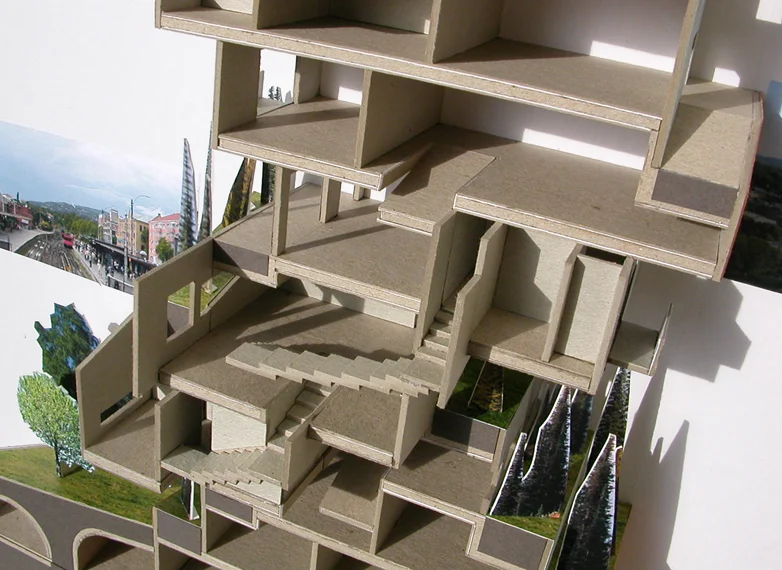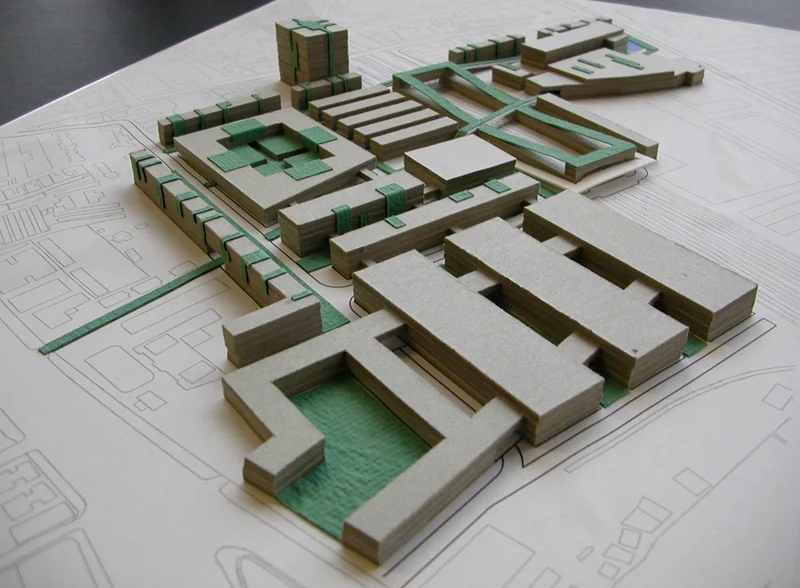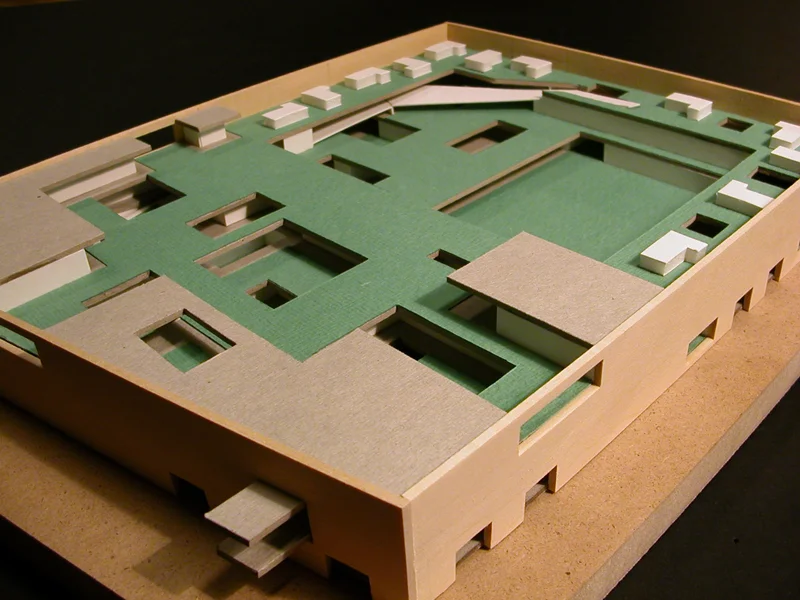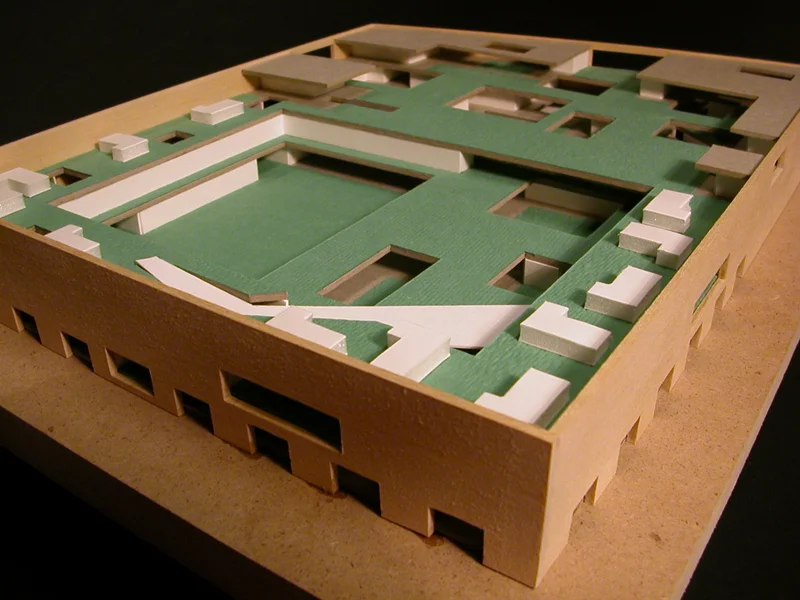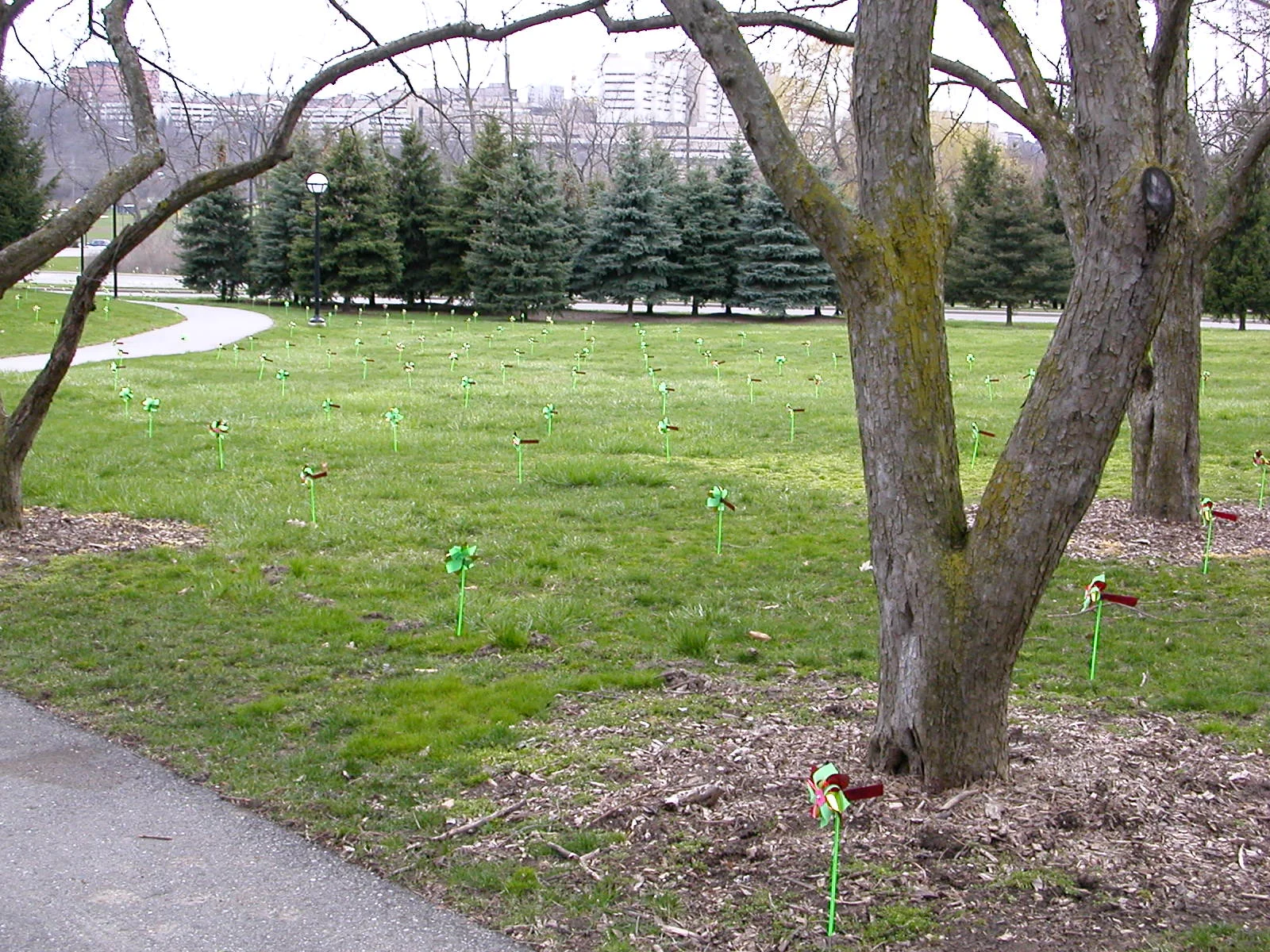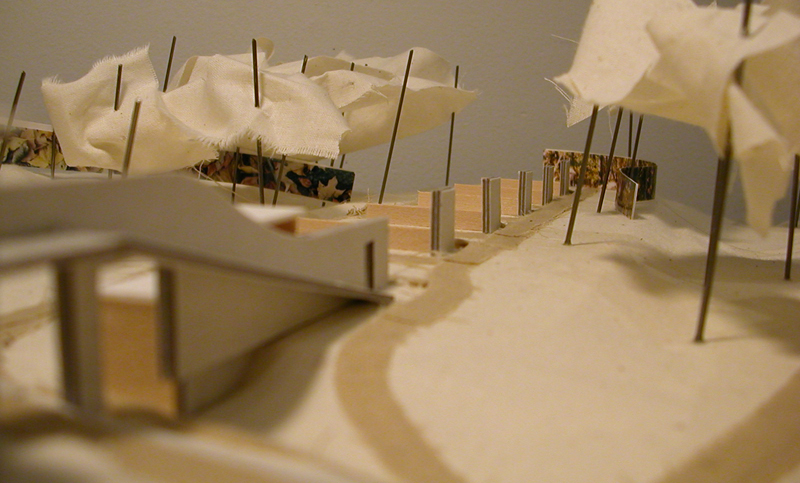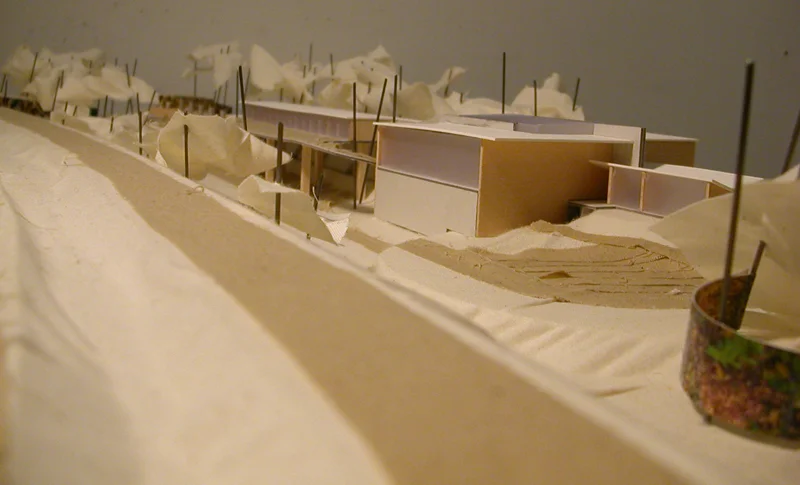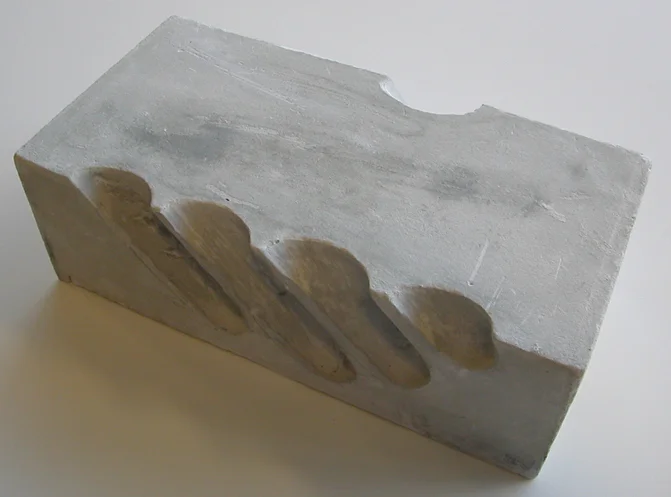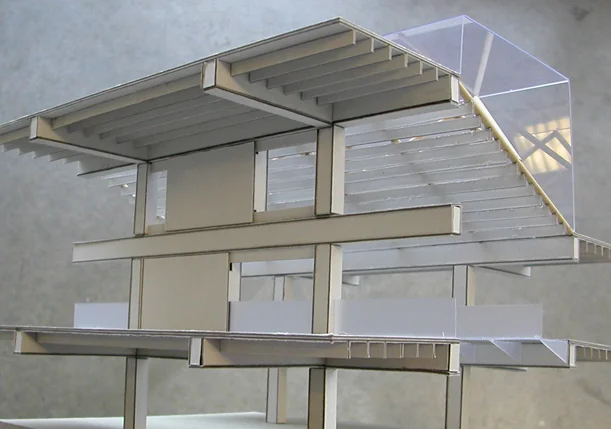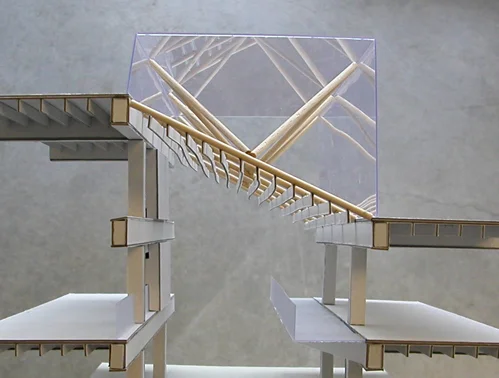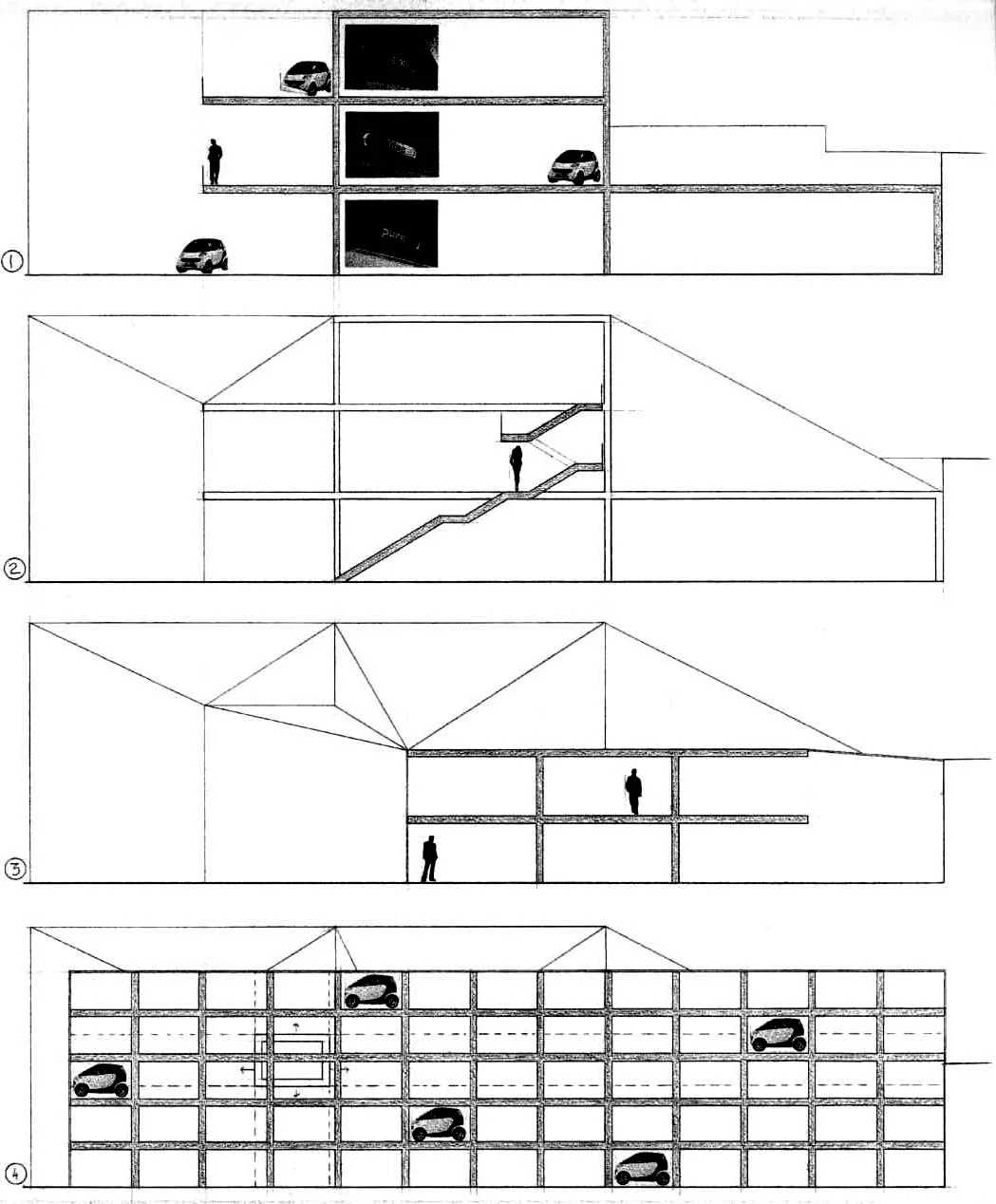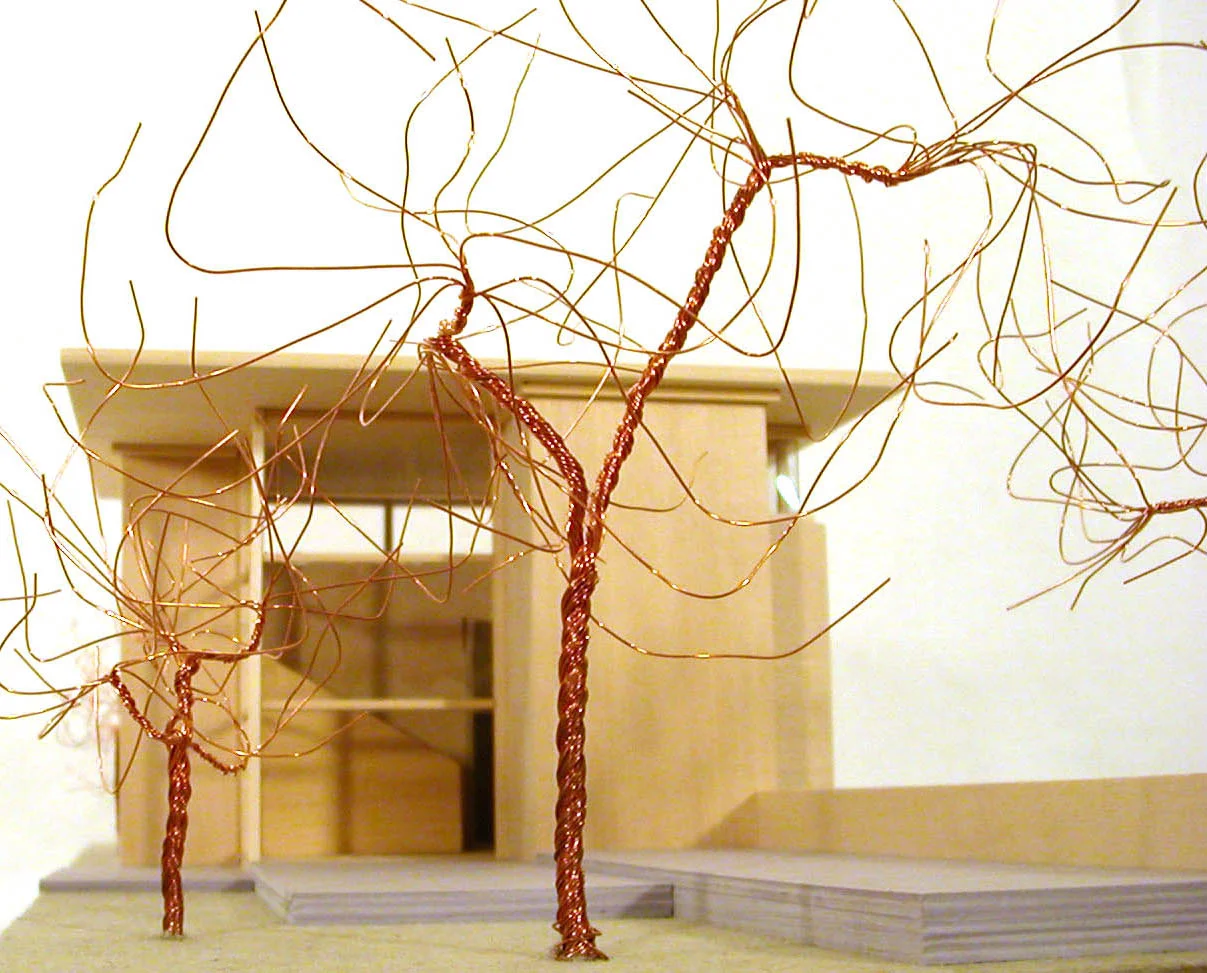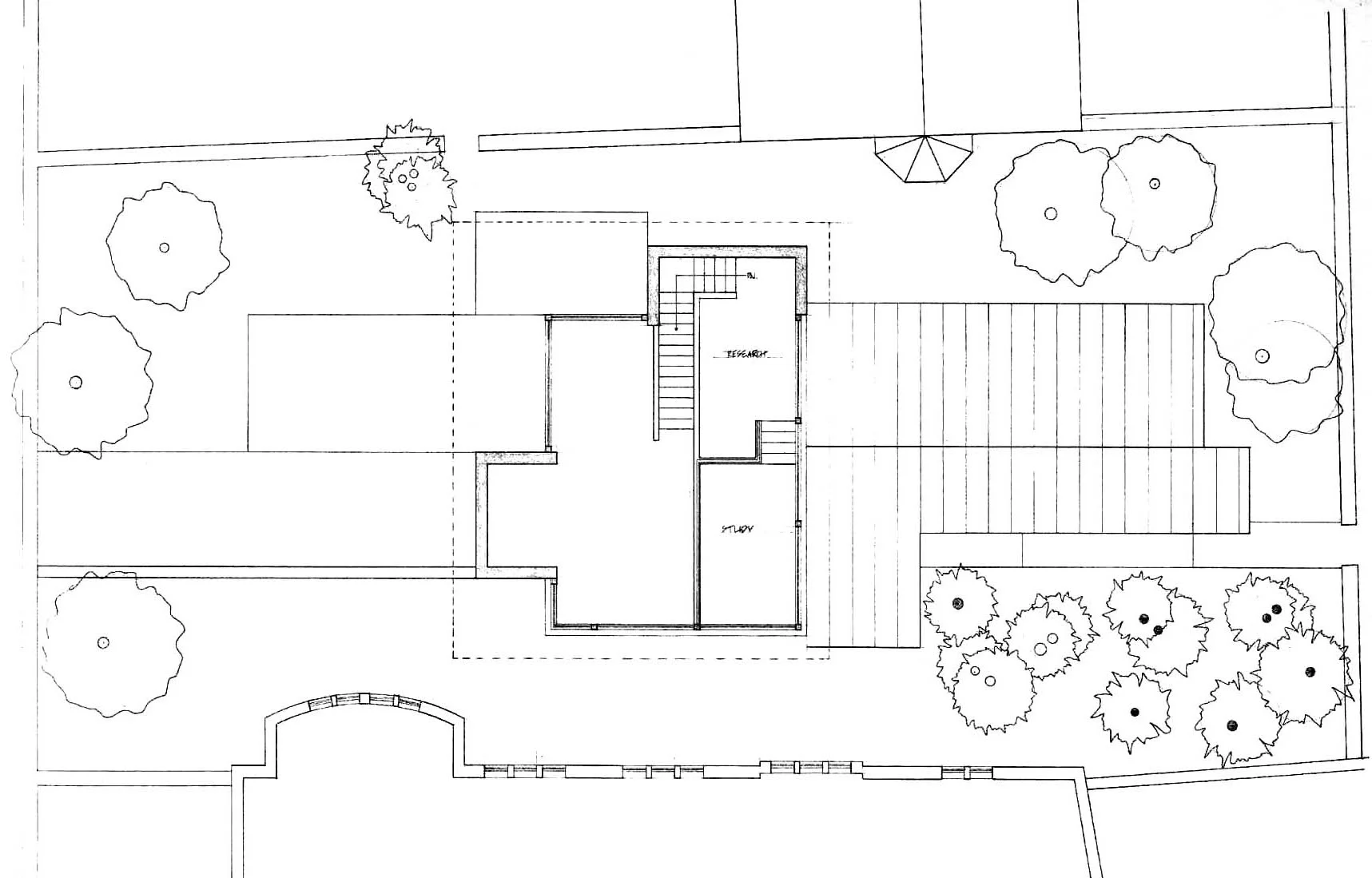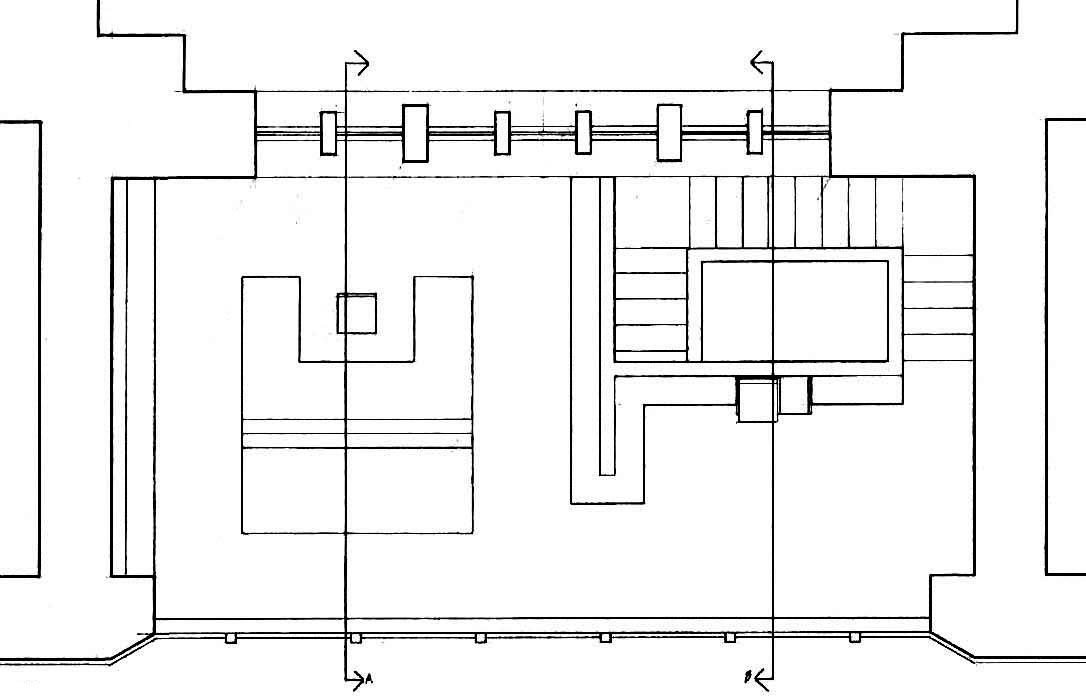University of Michigan graduate design thesis
Honors: Thesis Show 2005
Statement of Thesis
This thesis is a study of city growth, specifically in Oslo, Norway. It is a study of a methodology for growth and how Oslo, and cities like Oslo, can formulate a plan for future growth. In a place like Oslo the actions of a ripple begins with the creation of a singular intervention or urban strategy that has a larger affect on the city as a whole, changing how people currently live and want to live in the future. The creation of architectural or zoned sectors in Oslo will have resounding affects throughout the city, from the center to the edge and back. It will also have an effect on people’s desires for a fulfilling urban lifestyle and the requirements to attain that lifestyle.
Architectural Implications
Oslo presents a unique opportunity for the application of the ripple because of its current demand for further development but lack of highly feasible open space in which to build. So new development of the city must now occur in small pockets and strips, and with the highly advanced system of infrastructure and the overall scale of the city these pockets and strips are highly connected to one another and to the rest of the city making the application and following implication of the ripple easily exportable to the entire city. Also, because of the topography of the city there is a high level of confinement by steep hills, rock faces, and narrow passes which seal off the city from sprawling or growing beyond its current limits.
Research Methodology
One of the principle components of this thesis is the intensity focused toward conceptual mapping and sieve mapping. The goal of the maps is to dissect the city into its component parts and internal relationships. The second aspect of the maps is to extrude them into the third dimension conceptually and physically to communicate the dynamics of Oslo’s topography and that topographic relationship to the city and how that applies to the city’s infrastructure and built form. The next, and most important, aspect of the research would be to study the relationship of the city to the green and study the dual or duel nature of the two different landscapes. Because of the drastic topography, the city is surrounded by steep hills covered in thick forests of Burch and pine trees. This connection to green is important in Norwegian culture, so the physical and visual connection to that green is maintained in the city, and the thesis researched further into this cultural and social connection to the forests, and how to maintain that intimate relationship.
Design Methodology
The goal of the thesis is to utilize the open and low density pockets and strips within the city to cultivate city growth of a higher density while also maintaining the physical, visual, and cultural connection to the forests at the edge of the city. Maintaining the idea of the urban ripple, this will give clues on areas of the city that will be more intensely developed once the developable pockets are found. For instance: a pocket of available land is found near the rail line and developed, this development may cause, and have an effect on, other developments further down the rail line, and since the rail lines lead to the edge of or out of the city the development will hit the barrier of the mountains and forests beyond which no development is allowed, so the ripple will travel back into the city either back to its origin or in a new direction. To add to the complexity of the ripple is the idea that there may be multiple ripples occurring simultaneously and the areas where one ripple crosses another will cause another level of intensity. At the center of the ripple proposal is the need for further and denser development within the existing physical limits of Oslo, so the true problem is not the development itself but how to fulfill the needs of the city’s residents, and maintain the intimate relationship with green space inside and outside the city, but within a smaller area. In order for the city to expand and thrive its residents must begin to desire less, but enjoy no less.























